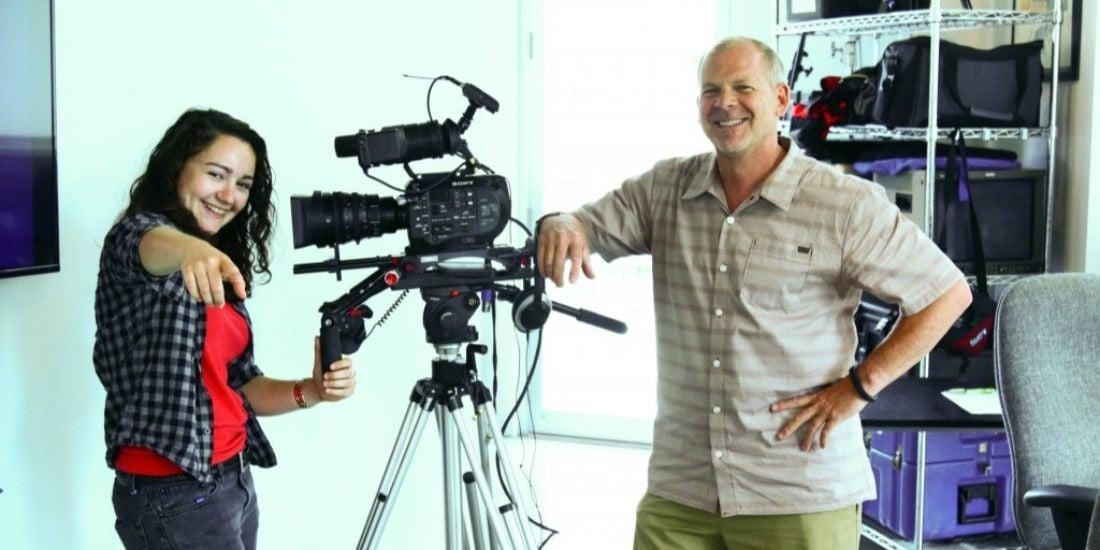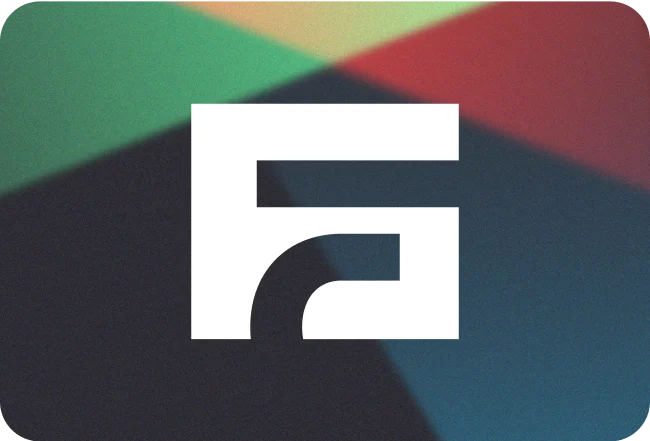Working in close contact with the director on epic blockbusters–or acting as the director on smaller productions–a cinematographer is responsible for how a movie or television show looks on the screen. The overall mood, continuity, when to throw in a change of pace, and when to let the movie settle in. But there are many other careers in cinematography as well.
Cinematographers can really put their imprint on a motion picture, and that’s why so many directors often work with the same cinematographer over and over again. But there’s a lot to do when shooting a movie, and many cinematographers often work their way up the ranks through these jobs before taking a seat behind the camera (or next to the director).
Obviously, on smaller productions, the cinematographer (also known as the Director of Photography or DP), will do some of this work on their own–or even most of the work on really small productions. And, really, what better way to learn the ways of cinematographer than to dive in and get lost in the lights, lenses, grips, and gaffers?
With the Film Connection Cinematography Program, you’ll be paired with a working DP who will not only show you the ropes of bringing the director’s vision to fruition but also serve as a mentor. One of the most important skills you’ll acquire is the elusive “eye of the DP.” It’s not something that can be taught from a book or lecture; you have to learn it by doing.
You’ll develop your own unique vision and learn how to capture striking images that tell a story. Sure, you can read all the books, watch all the videos, and sit in all the classrooms, but there’s no substitute for hands-on experience. That’s because traditional lighting and camera angles are often ignored or tweaked to achieve a certain look and feel.
Develop your own eye under the watchful eye of your mentor and learn in months what others learn in years through Film Connection. You’ll make connections and network with others already in the film industry who can help you when it comes time to make your own movie or find work. Why take on massive student loan debt if you don’t have to?
Careers in Cinematography
Cinematography is a dynamic field within the world of filmmaking, encompassing various roles and specialties on the film set. Here are some of the different career paths within cinematography.
- Director of Photography
- Camera Operator
- Camera Assistant
- Gaffer
- Grips
- Equipment Technician
Director of Photography (DP)
Also known as the cinematographer, DPs are the masterminds behind all the beautiful and captivating visuals that we see on screen. Working closely with the director to create the visuals, mood and tone for each scene is not just about pointing a camera and hitting record. The DP also decides on the lighting, camera angles, and movement to enhance the overall visual appeal of the film.
On larger productions, the second unit DP comes into play to ensure that continuity is maintained with the rest of the film. They ensure that every shot captured by the second unit matches the same style and tone as the rest of the movie, seamlessly blending heart-pumping action with dramatic dialogue and character development.
In the age of digital filmmaking, VFX cinematographers work closely with VFX teams to ensure that the live-action footage aligns seamlessly with the visual effects that will be added in post-production. Specializing in capturing real-life events, documentary cinematographers focus on telling compelling and authentic stories through visuals.
Camera Operator
The camera operator is responsible for taking directions from the cinematographer or director and bringing their vision to life through visually compelling shots. From framing the perfect shot to making sure everything is in focus, camera operators know how to operate all the necessary equipment with ease.
It takes more than technical skills to capture the essence of a story on camera. The team must strike a delicate balance between technical mastery and artistic flair, blending the use of lighting, camera movement, and framing to create a cinematic experience that captivates audiences.
Camera Assistant/Focus Puller
The focus puller is a key member of the camera team who works closely with the camera operator and director of photography. Their main job is to ensure that the subject remains in focus, regardless of how much the camera moves. They use a special tool called a follow focus to manually adjust the lens to maintain the focus. It takes a sharp eye and lots of practice to be a skilled focus puller, but their contribution ensures that every shot is as sharp and visually pleasing as possible.
Gaffer
For lighting on a film set, there is one person who is tasked with overseeing it all: the gaffer. This highly skilled individual is the head of the electrical department, responsible for bringing the DP’s vision to life through the use of various lighting equipment. Whether it’s setting up a dimly lit scene or making sure every angle is properly lit, the gaffer plays a crucial role in creating the desired look and feel of a film.
The gaffer’s assistant, also known as the best boy, is an essential asset to any film or television production. They handle all the equipment logistics, from moving lights and setting up stands to ensuring everything is in working order. Additionally, the best boy is responsible for crew scheduling and administrative tasks, making sure everyone is in the right place at the right time.
Key Grip
The key grip is the person in charge of the grip department, which plays a crucial role in film and television production. Their job is to ensure that cameras and lighting equipment are properly set up and functioning during shooting. These tasks can include rigging equipment, such as dollies and cranes, to give greater mobility to the cameras and lighting fixtures.
The key grip must also operate the equipment during filming to ensure smooth movement and lighting adjustments, which is essential for creating high-quality scenes. There are many different types of grips, including the dolly grip that specifically operates the camera dolly, a wheeled platform used for smooth camera movement.
Cinematography Equipment Technician
Cinematography is a complex art form that requires specialized equipment to create stunning visuals for audiences to enjoy. A cinematography equipment technician is an essential part of film production, specializing in the maintenance and repair of the cameras and lighting equipment.
They are responsible for ensuring that the equipment is always in top condition to capture the perfect shot–all the way down to making sure camera batteries are fully charged and have backup batteries on hand. Being a technician in the industry requires knowledge of electronics, mechanics, and a keen eye for detail.
These are just a few examples of the diverse career paths within cinematography. Each role requires a unique skill set and contributes to the overall visual storytelling of a film or video project. The Film Connection Cinematography Program will help you get these skills in a fully immersive environment.
Ready to start your journey to becoming a cinematographer? Let’s get started.





